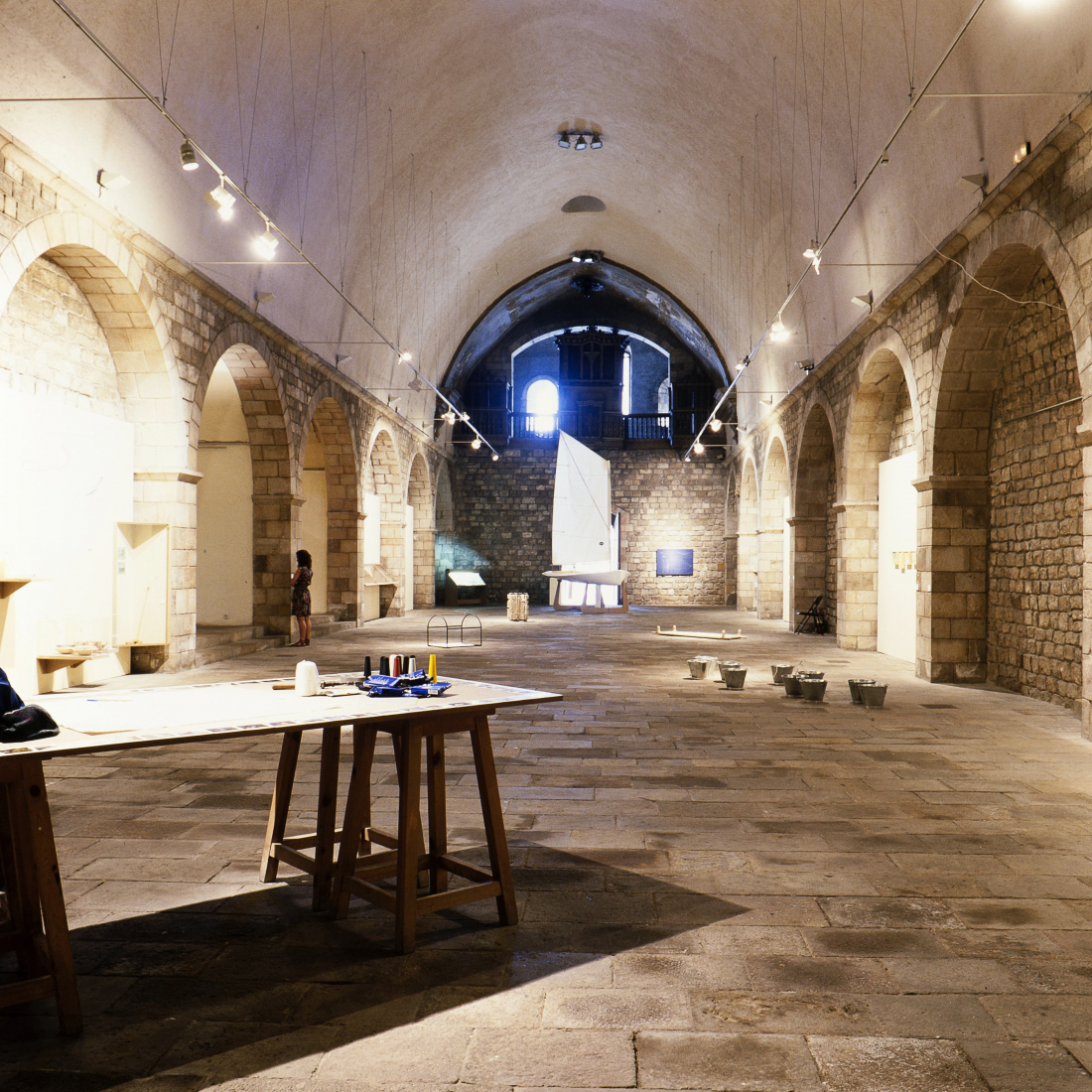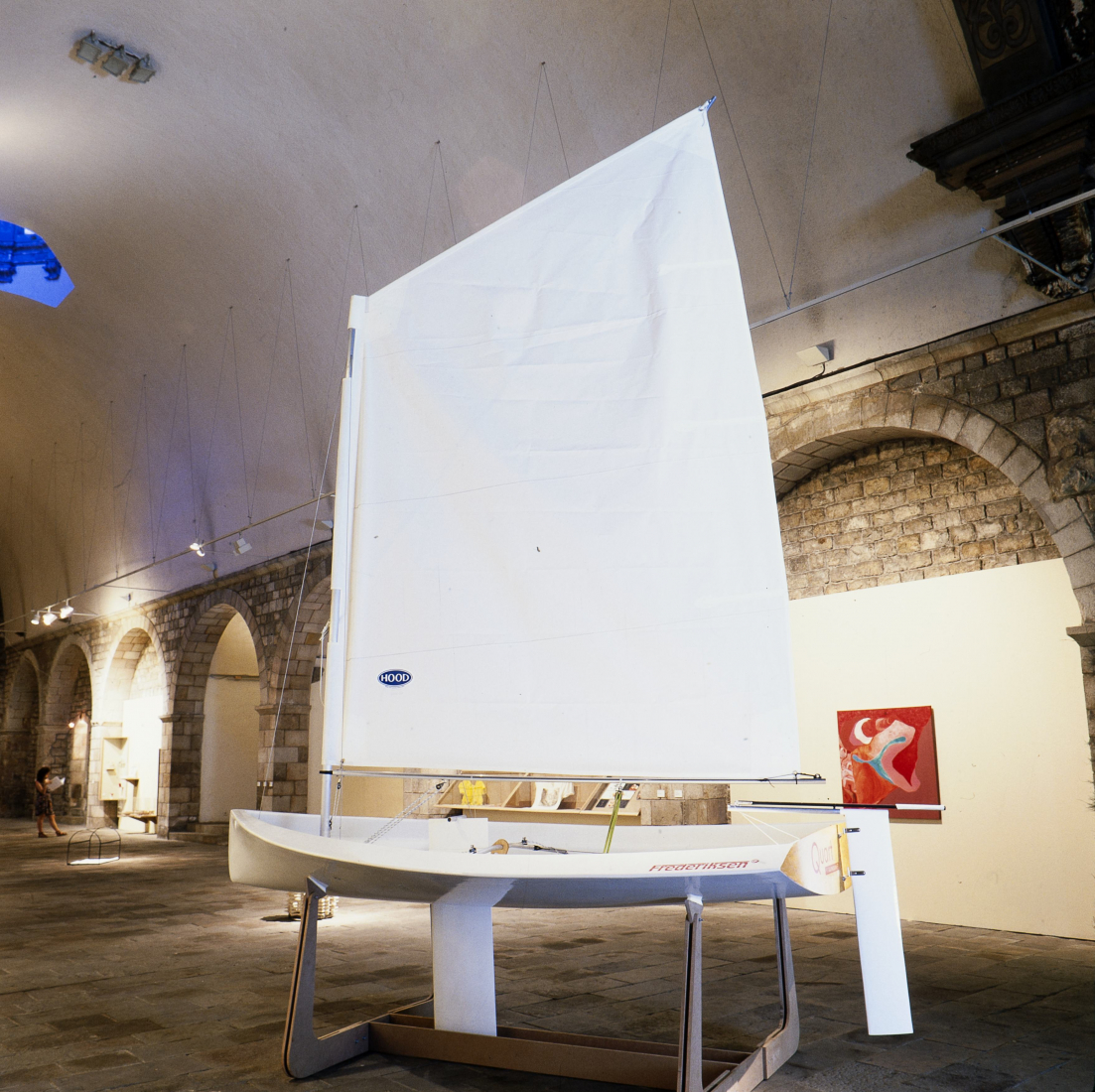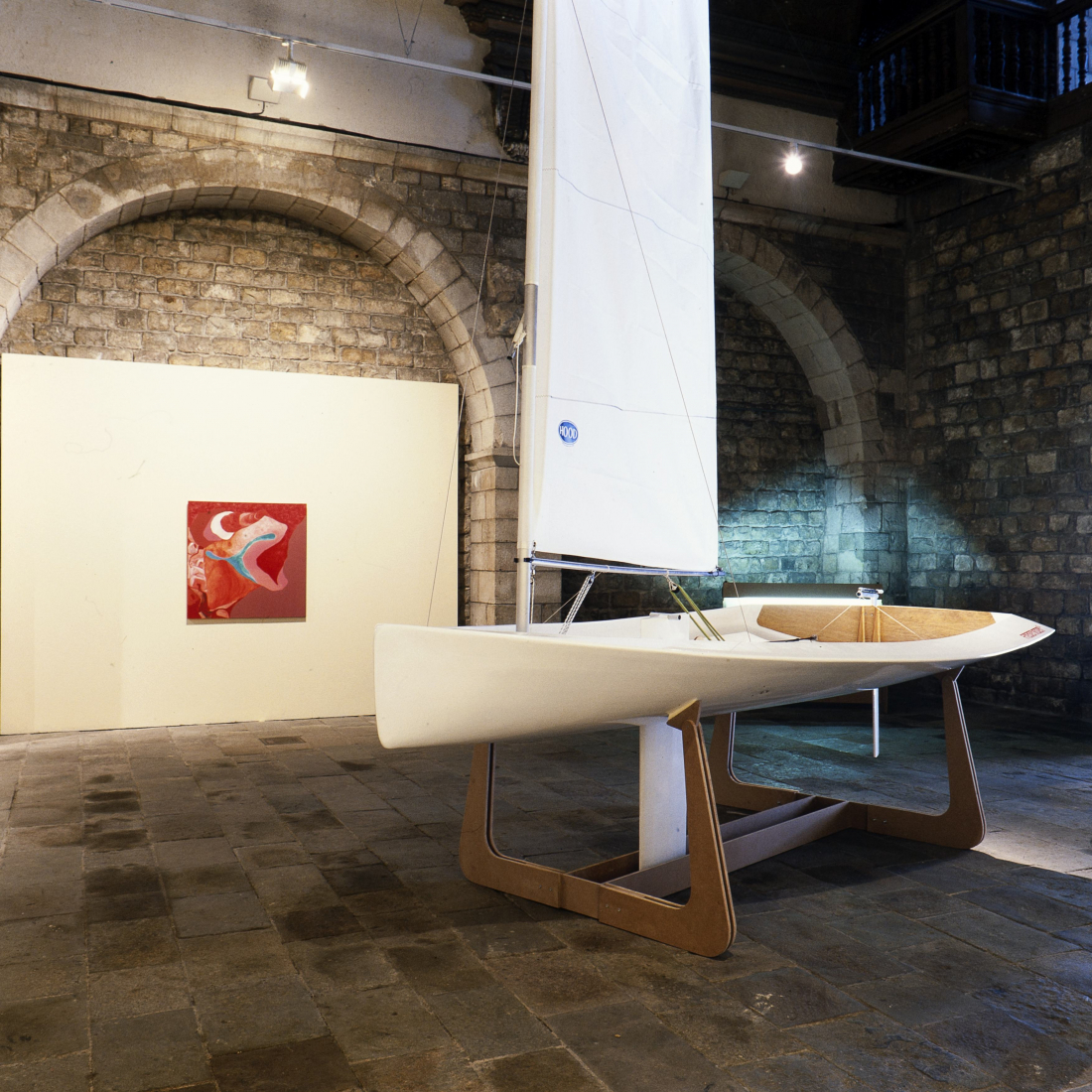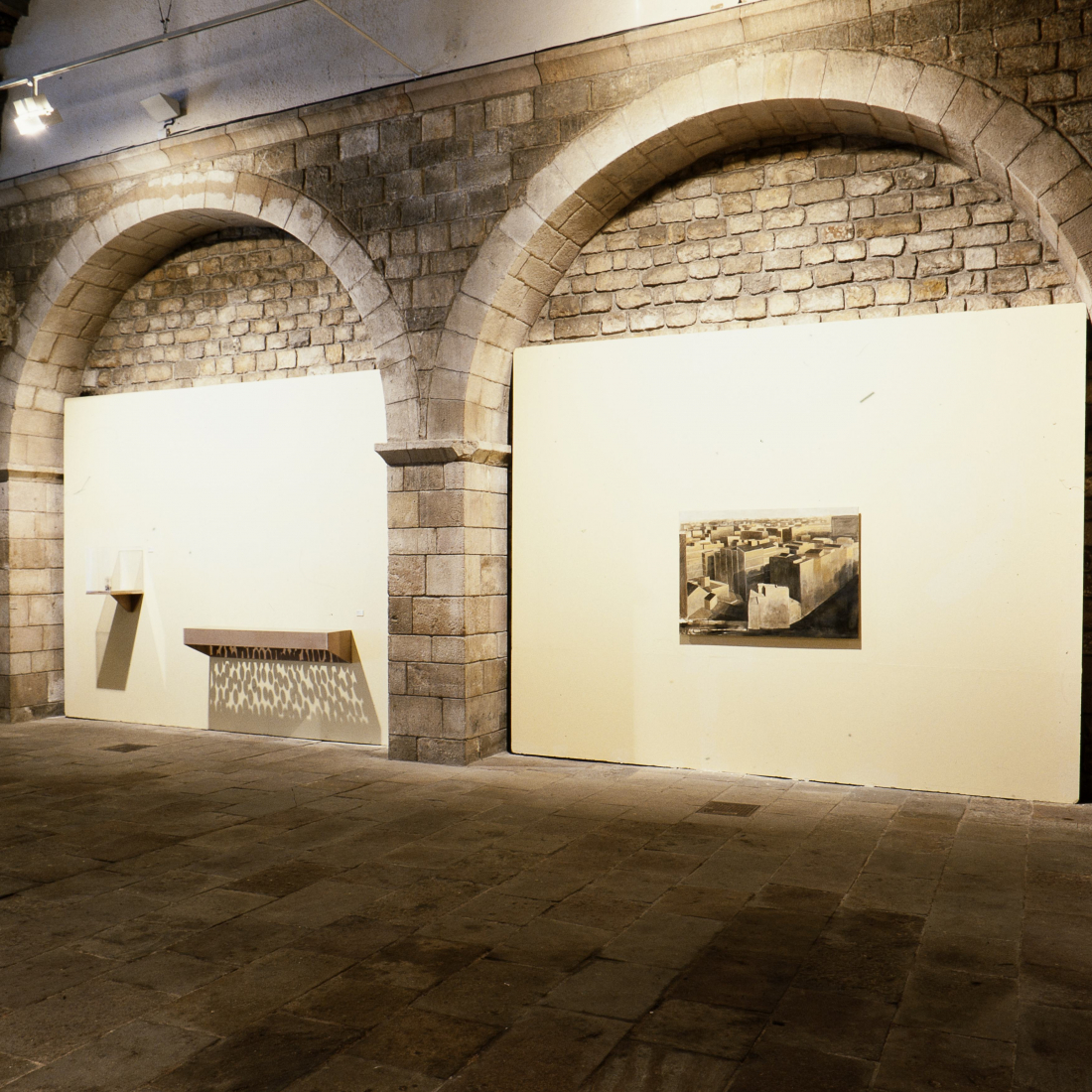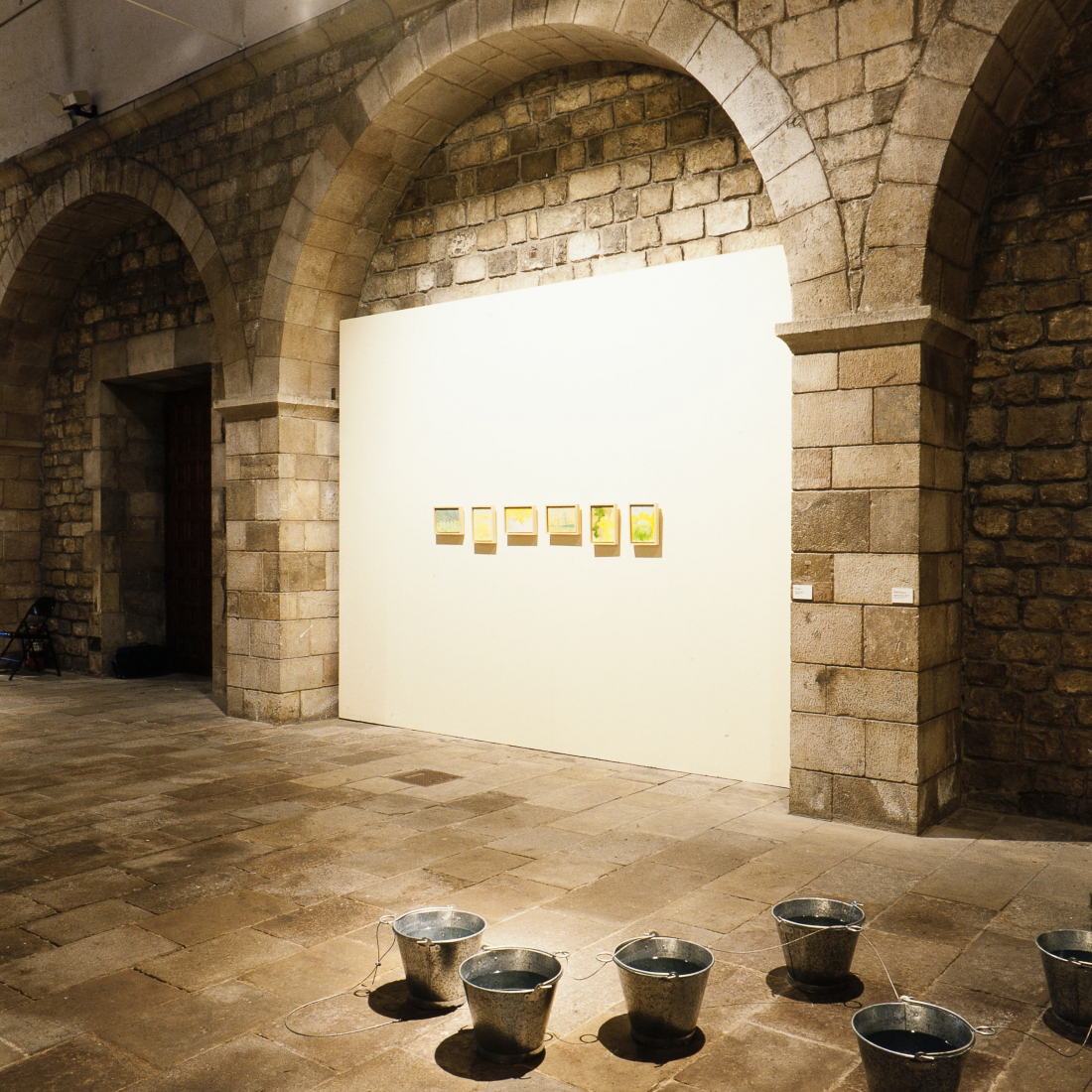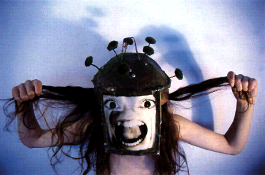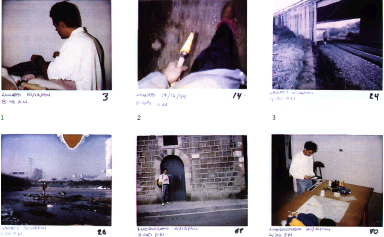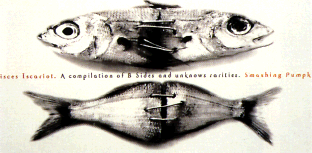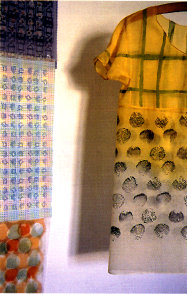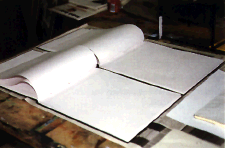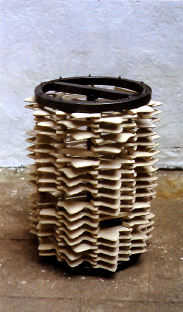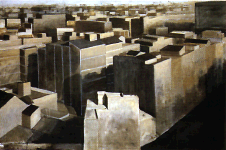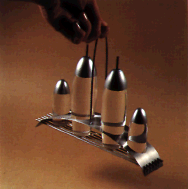Implícit / Explícit
The works that Escola Massana presents in this exhibition are a radical selection of the creative landscape that the exercise of pedagogy generated in the classrooms of the different specialties and disciplines in this last course.
This selection, presented under the Implied / Explicit term, wants to offer the viewers of the works the reflective synthesis that those responsible for the selection have considered opportune to explain: to propose as the work of the exhibition the functional juxtaposition of the mechanism of creativity , understood as a "game zone" that coincides with directions to the arts and directions to designs - going through trades -, despite presenting it as the space of ambivalent mechanisms where nothing is ever more evident and the conclusions are not they can be known in advance ...
Implicit / Explicit wants to be the synthetic presentation of the desire to "think simultaneously the order and disorder" of a School that welcomes the heterogeneous multiplicity of its disciplinary programs to the symptomatic burden of contemporaneity.
If we take the meaning that scientific thought awards separately to this binomial, depending on the approach that it makes about reality, we will say that we understand by explicit, or explained, that level of speculation in which every thing or concept is located within of its particular region of space (and time) and outside of religions that belong to other things or disciplines. At the implicit and implicit level (from Latin I will imply, "bend" or "fold inward") we will find things or concepts that affect a deeper field of reality, where things, disciplines and ideas seem to turn - be part of a whole "cordless" and where the compartments are blurred.
Implicit / Explicit, expressed in the form of two words joined by a bar, wants to combine these two antagonistic concepts through which "mystical" and "the critical" are presented as spaces reconciled by thought and action. In this sense, the new concept (binary) generated could be the point of tangence of the different processes of creativity practiced by the School, that intelligently adapt the exigencies of the contemporaneity in search of a new generative order " extended to the whole of nature and experience. "
Beyond the times of Christ, a pagan named Apollo from Tiane did: "... and that's why I would say that those who watch paintings and drawings must have an imitation faculty and that no one can understand the horse or bull painted if you do not know how these creatures are. " In this sense, the explanations of how and why the work was done, what was being asked about the student and how and why he thinks he tells us what he wants us to say are essential data to understand what goes the piece
Roger N. Shepard writes to Mind Sights about the mechanisms of perception: "... neural circuits can sometimes" sound "spontaneously as a result of sharp excitability or a partial resonance to undifferentiated momentum - in a way Similar to how an unplayed piano string may sound briefly in its characteristic note as a result of a non-musical external strong sound ... ". By this side, the object can cause us emotions, resonate within us faster than our conscience will do. An undisclosed part will excite us and will make us love or reject the work, which will appeal to us and explain us things for which it was never thought.
The proportions of both ways will vary depending on the work, but this will never be arbitrary. The creative object must always respond to what is expected because its validity does not depend at the last minute, neither on it nor on whoever has done it, but on the judge who uses it. If you want to adapt to the sense of the user's decor, you will sometimes have to be friendly and functional, show and demonstrate careful work, while others may need to appear arbitrary and perhaps even ugly or pretend to be wrong finished.
In order to decide on the possible creativity of a work we will have to think about all this, look for the simultaneous presence of these routes towards our heart. Understand the reasons that have helped to create the object without letting us lead to a specific reading, without having to believe that these are the true reasons but accepting that along with the experience of the student they were the midwives of the creative process.
One of the most interesting consequences of the motto of the sample of the work of the students of the Massif Implicit / Explicit School is the attempt to turn it into a specific expository practice.
In numerous exhibitions of art and design, and even in museum spaces, the works presented are accompanied only by the name of the piece presented, the author and the date of execution. There is usually no data that contextualizes the work and helps to understand it. This aims to preserve the viewer's interpretative capacity and the capacity of the work to create associations of ideas that make the aesthetic experience possible uncontaminated. However, in this exhibition we want to make explicit by means of small texts attached to each piece not only the data mentioned above, but also those that originated in their pedagogical context the realization of each work. Thus, we indicate the beginnings of each piece, which without this help would be blurry, but we also want to leave open to each viewer the interpretations of the contents that the works involve implicitly. With this information we intend that people not initiated in the contemporary languages of art and design reach an adequate understanding of the pieces presented, taking into account that the works do not respond to the work of consolidated designer artists, but to students who are on the way to being.
We have considered this exhibition practice as an important necessity, since the pedagogical wealth of the Massana School makes it possible for students to have a great plastic variety that, at first glance, may confuse the viewer not notified. Perhaps one of the most important pedagogical ideas that is reflected in the pieces selected in this exhibition is that, although the teaching at the Massana School is structured on the basis of the various disciplines that are made therein, including the designs, artistic crafts and fine arts, insists especially on developing the creative capacity and sensitivity of the students so that they can be used as the techniques they deem necessary for the physical expression of their ideas. Therefore, we can affirm that in this exhibition we try to make explicit both the conditions of creation of each piece and the general pedagogical idea that moves them, but we want to leave open to the sensibility of the viewer the contents that, whether they are only aesthetic and markedly practical, the works are implicit.



